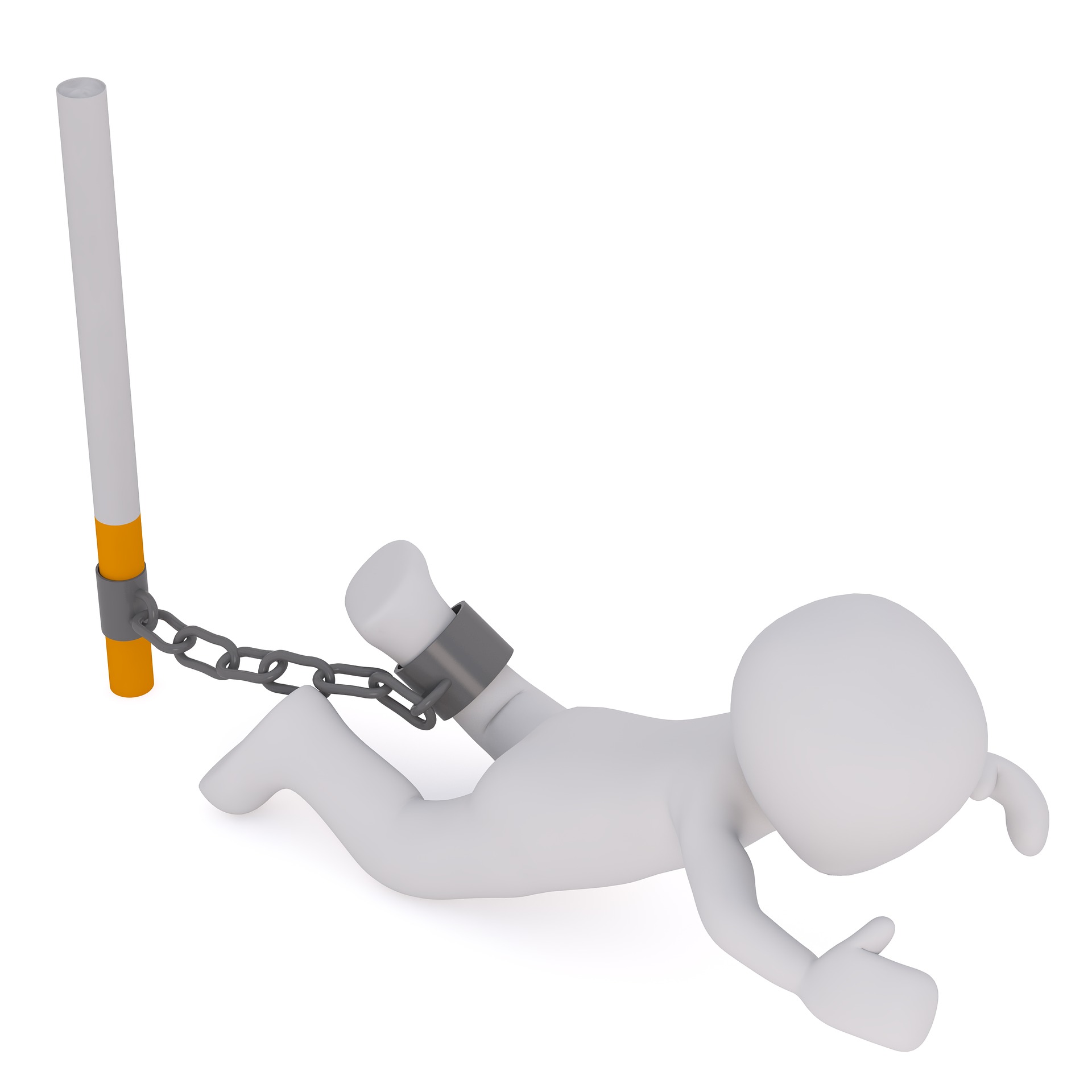We all have times when we get stuck in a negative rut and need to change directions. Maybe you feel chained to it. It can be anything. For example, smoking, alcohol, negative thinking, addiction to facebook, addiction to ???? Basically, it is any daily habit you have that is not effectively taking you where you want to go in life. Once you identify what bad habits need to go, these four steps can help you remove them. READ ON as Heidi, our amazing health coach shares some great tips on how to break a bad habit.
1. Make it invisible
One of the most powerful things you can do to break a bad habit is to remove the temptation or “cue” that leads you into the bad habit. It is much easier to practice self-restraint when you don’t have to use self-restraint very often. Yes, perseverance, grit, and will power are essential to success in breaking bad habits, but the way to improve these qualities is not by wishing you were a more disciplined person, but by creating a more disciplined environment for yourself.
*If you can’t seem to get any work done because of your bad habit of checking your phone every 15 minutes for notifications and emails, turn your phone off and put it in a drawer for an hour while you work.
*If you’re watching too much TV at night, move the TV out of the bedroom.
*If you’re spending too much money on online purchases, don’t get online and read about products.
*If you are trying to break the habit of drinking sodas, don’t buy them.
2. Make it unattractive
Of course, we know that if we truly think through the long term consequences of bad habits, they are ALL unattractive! The key is “reframing” the bad habit with a new mindset. This is why I love teaching people about how their body works. When you understand how the liver works, it reframes giving your body toxic foods and chemicals and really makes it unattractive. When you understand how sugar affects your body, it reframes eating it and makes it unattractive. Understanding the WHY a bad habit is bad and using that information can help you break bad habits.
*When tempted to smoke, think about what your lungs will look like. Think about having to carry an oxygen tank around.
*When tempted to eat sweets every day, think about your pancrease pumping out tons of insulin every day and causing you to experience Diabetes.
*When tempted to sit on the couch instead of exercising, think about how a lack of exercise increases your risk for every disease from A to Z and specifically think about the quality of life you might have with chronic diseases.
3. Make it difficult
In the summer of 1830, Victor Hugo was facing an impossible deadline. Twelve months earlier, he had promised his publisher a new book. But instead of writing, he procrastinated and delayed his work. Finally, with time running out, he came up with a strange plan to beat his bad habit of procrastination. He collected all his clothes and asked his assistant to lock them away in a closet and keep the key. He literally had 1-2 things to wear and only a shawl for warmth. Lacking any suitable clothing to go outdoors, he remained in his study and wrote for several weeks and met his deadline for The Hunchback of Notre Dame. If you’re struggling to break a bad habit, take a page from Victor Hugo and make your bad habits difficult! There are many ways to make your bad habits difficult.
*You can reduce overeating by literally purchasing food in individual packages rather than in bulk size.
*You can voluntarily ask to be added to the banned list at casinos and online sites to prevent future gambling.
*You can tear up your credit cards to avoid using them when you are trying to lower your spending.
*You can have a spouse or close friend set an amount of time for you on your phone that you are allowed to surf the internet or be on Facebook (or any social media), and only they have the password to change that.
4. Make it unsatisfying
Just as we are more likely to repeat a habit if it is satisfying, we are more likely to avoid an experience (or habit) if it is painful. Pain is an effective teacher. If a failure is painful enough, you fix what caused it. If a failure is relatively painless, you ignore it. The more immediate the pain, the less likely the behavior. If you want to eliminate a bad habit, then adding an instant cost to the action is a great way to improve your success.
*Create a Habit Contract with an accountability partner. Write out the bad habit you are trying to break and how you intend to break it. Share it with your spouse, partner, or a close friend who can speak the truth in love to you.
*Write out a consequence that you want the accountability partner to help you carry out every time you fail at avoiding or breaking the habit. It could be having to do a chore that’s not your favorite right then. It could be denying yourself a trip to Starbucks. It could be contributing $10 to a jar for your accountability partner if your wallet is where you feel the pain! Knowing that someone is watching and asking you about breaking the habit can be a powerful motivator. You are less likely to give up because there is an immediate cost.
Remember, small changes can make a big difference over time. Don’t try to tackle all your bad habits this week. Just choose one, apply these principles, and set a goal to break that bad habit over the next 4-6 weeks! Then go to the next bad habit. Remember your habits, good or bad, will ultimately take you where you want to go….or where you don’t. Fortunately, we can be in control of our habits!
Stay Well,
Heidi Appling, DPh
IIN Certified Health Coach
ASFA Certified Trainer









